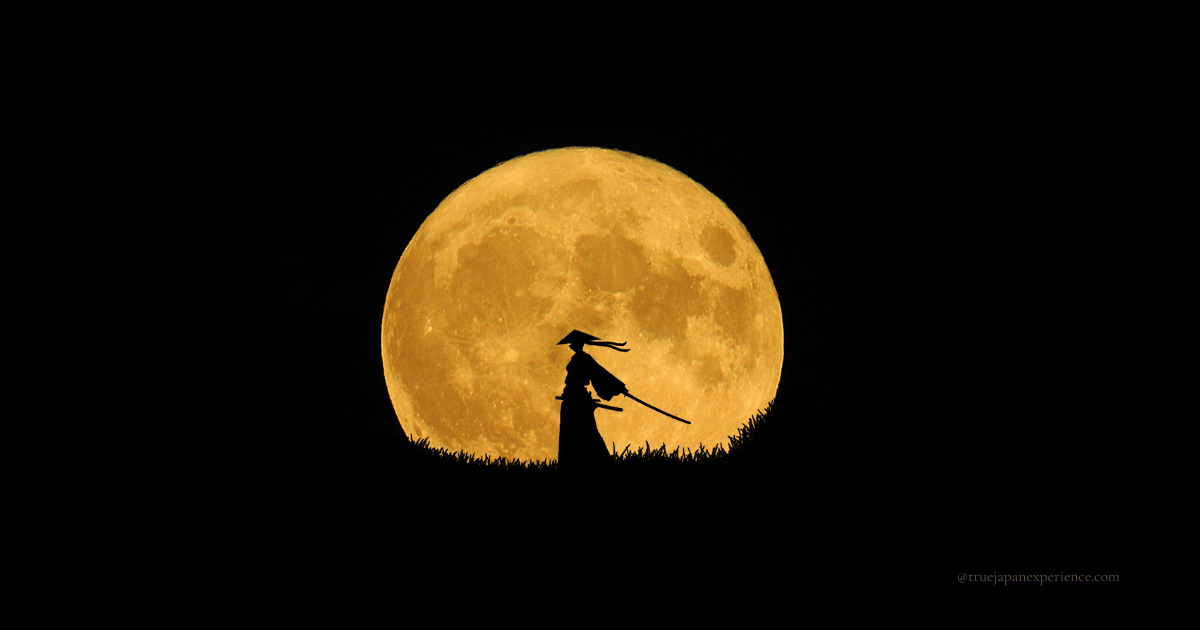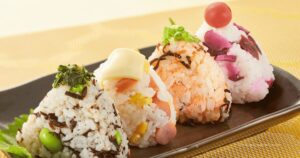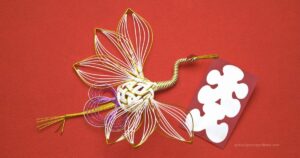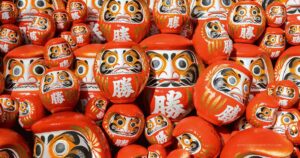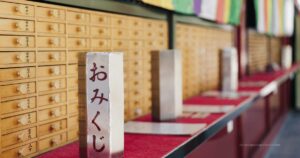Samurai experience Japan is one of the most exciting ways to learn about Japanese culture.
Many visitors from around the world love the idea of samurai.
In this article, you will learn who the samurai were, why they are still popular, and how you can enjoy a real samurai experience during your trip.
What Is a Samurai?
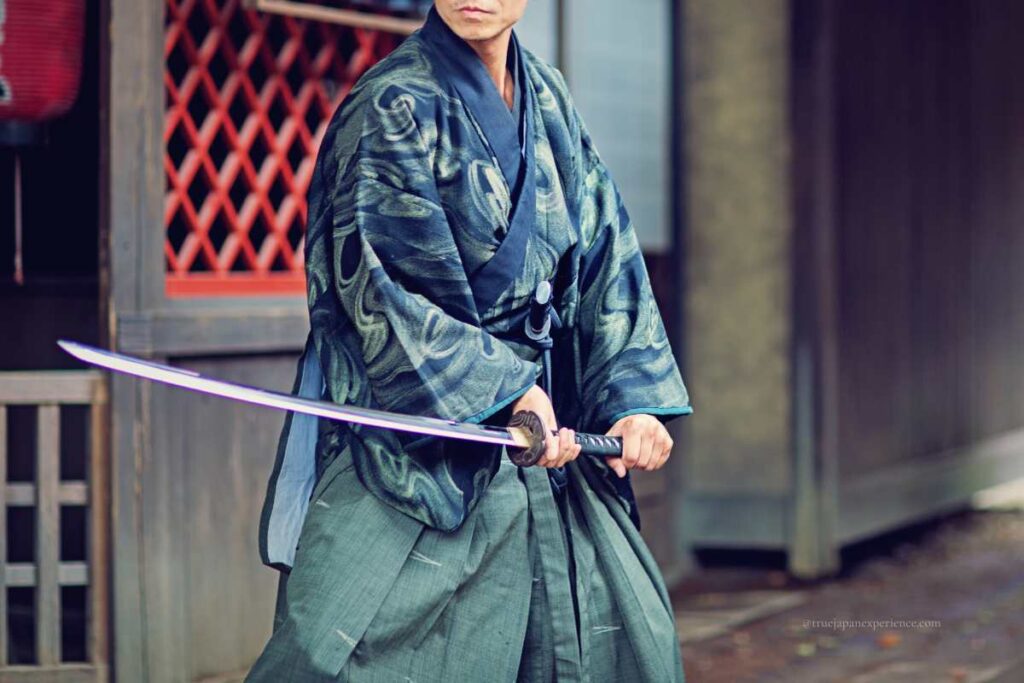
Samurai were strong and loyal warriors in Japan’s past. They protected their lords, fought in battles, and helped to lead the country.
The word “samurai” comes from a verb meaning “to serve.” They followed a special moral code called Bushido, which means “the way of the warrior.”
Samurai first appeared more than 1,000 years ago.
In the Heian period (794–1185), they worked for noble families. Later, during the Kamakura and Muromachi periods, they became the main military power in Japan.
During the long wars of the Sengoku period (15th–16th century), samurai were true battlefield leaders.
After that, in the peaceful Edo period (1603–1868), they became government officials and teachers. Large wars mostly stopped, but small conflicts and political tensions still happened. Even in those times, samurai kept living by the values of Bushido.
Samurai were not only fighters.
They studied art, learned good manners, and lived with honor. They practiced tea ceremony, wrote poetry, and trained their minds as well as their bodies.
Is There a Samurai in Japan Today?
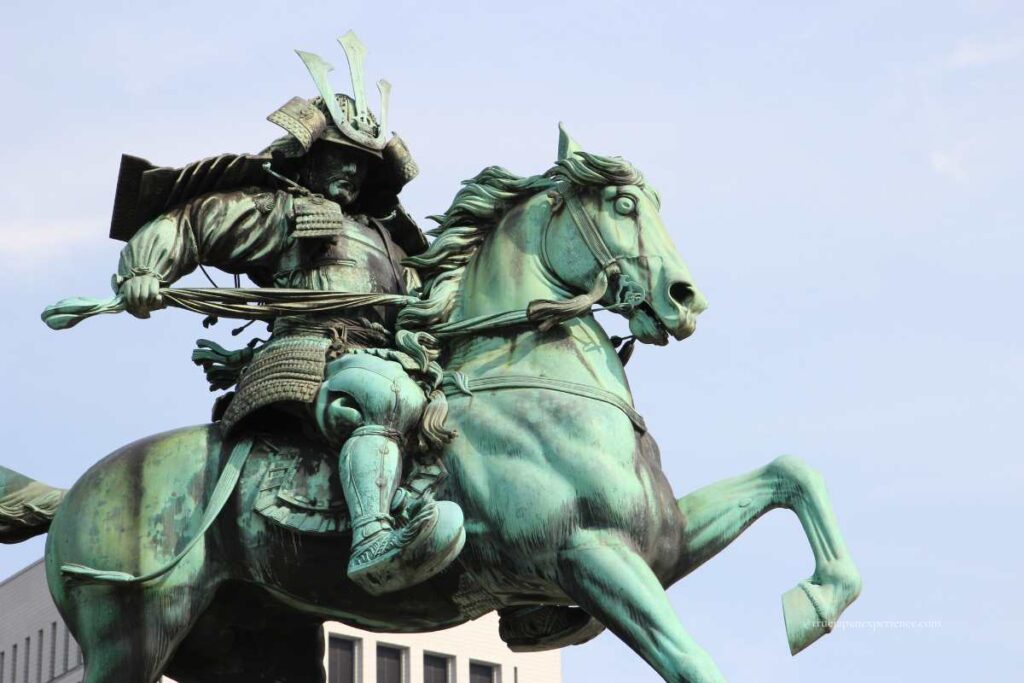
Many travelers wonder: Are there still samurai in Japan today?
The answer is no—but the spirit of the samurai still lives on.
In the past, samurai were a real warrior class. They served lords, fought in battles, and followed a strict code of honor.
That time ended in the late 1800s, when Japan changed into a modern country. The samurai class was officially removed during the Meiji period.
However, in today’s Japan, people still use the word “samurai” in a symbolic way. It often describes someone with a strong heart, honest mind, and brave attitude.
For example, Japanese sports teams are sometimes called “Samurai Japan.” This shows that the team members play with pride and discipline.
Also, in business or daily life, someone who works hard and never gives up may be called “a modern-day samurai.”
So now, “samurai” means more than just a fighter. It means a person who shows loyalty, strength, and respect—just like the warriors of the past.
The Samurai Spirit: What Is Bushido?
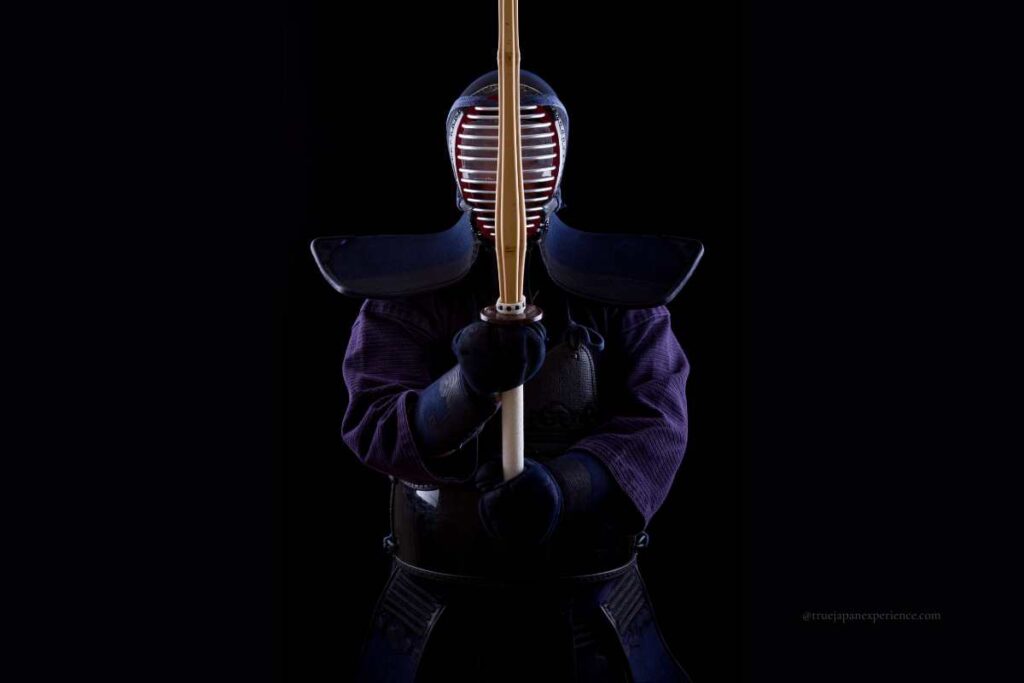
The spirit of the samurai is called Bushido, which means “the way of the warrior.” It is a set of values that guided how samurai were expected to live.
They were taught to be loyal to their leaders and to be brave and honest. Showing respect to others, living a simple life, and doing what is right were also important parts of this way of thinking.
Of course, not all samurai were perfect. Some broke the rules or acted for power or money. But many people still saw Bushido as a strong and beautiful ideal.
Even today, these ideas are part of Japanese culture. You can find the spirit of Bushido in martial arts, business manners, and daily life.
Samurai also believed in training the mind.
They practiced traditional arts such as calligraphy, Noh theater, and especially the tea ceremony, which taught them patience, respect, and calm spirit.
👉 Want to learn more about this tradition? Read our article: Japanese Tea Ceremony: Meaning, Manners, and How to Experience It
Why Samurai Still Fascinate the World
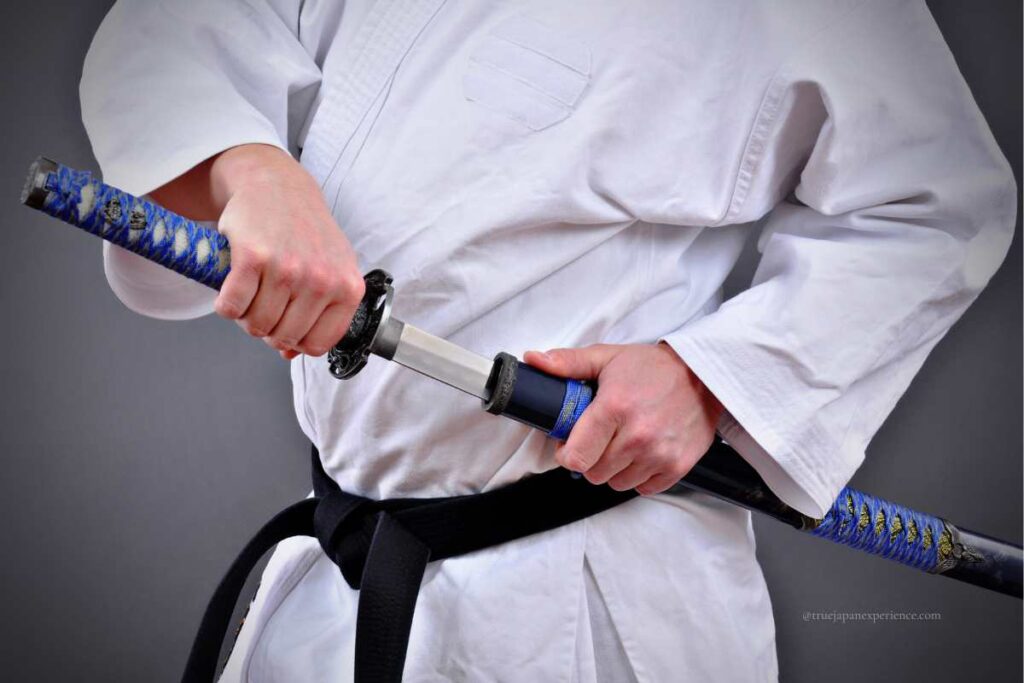
Samurai are not just famous in Japan. People from all over the world feel drawn to them. Maybe you’re one of them.
What makes the samurai so special?
For many people, it’s their strong sense of honor and discipline. Their swords and armor are also beautiful and cool. Movies, anime, and games show them as heroes with quiet power.
The idea of Bushido—living with respect, courage, and self-control—feels fresh and inspiring.
Even today, the samurai spirit still touches hearts around the world.
What to Expect in a Samurai Experience
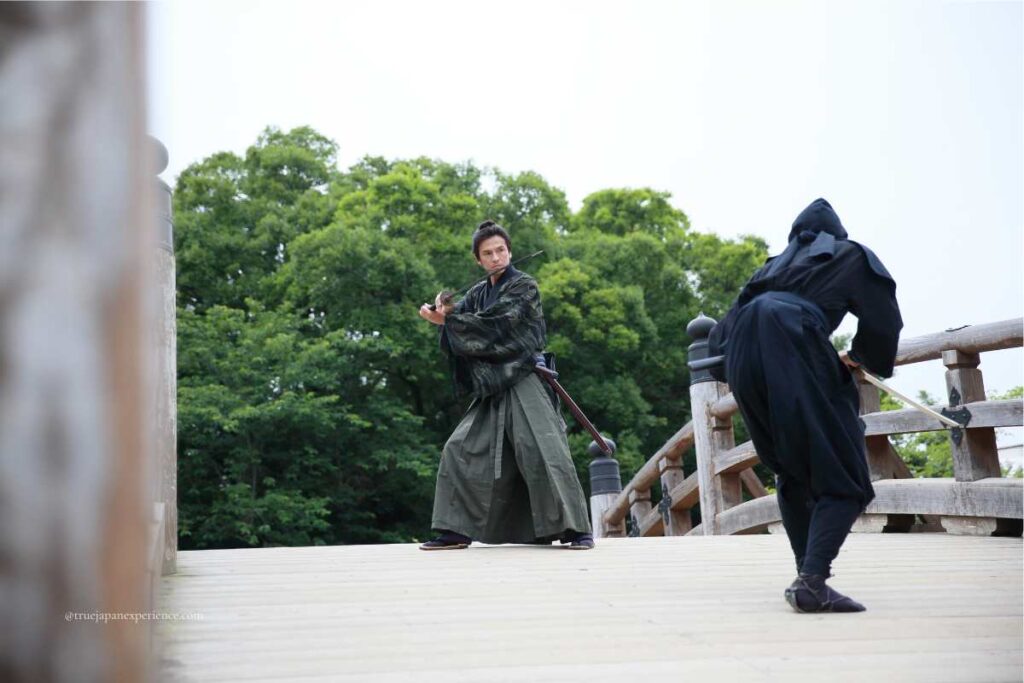
A samurai experience in Japan is not just about swinging a sword. It’s a chance to feel what it was like to live as a samurai—even just for a short time.
There are many types of programs, depending on the place. But here’s an example of what a typical experience might include:
First, you put on a full costume, such as a kimono, hakama, or even samurai armor. This helps you feel the part and take great photos!
Next, you’ll learn how to hold and move with a sword. Trainers show you safe ways to draw, swing, and pose like a real warrior.Sometimes, you even get to learn moves from Japanese sword dance or action shows.
Then comes the fun part: a simple choreographed sword battle. You’ll act out a fight scene, using the steps you just learned.
In many classes, you also learn about samurai manners—how to bow, how to stand, and how to move with calm and respect. This helps you feel the inner side of the samurai, not just the action.
At the end, you can take pictures or videos of your performance. It’s a perfect memory of your time in Japan.
Some places even let you try real sword cutting, archery, or ninja skills as part of the same program. Others offer a mix with calligraphy or tea ceremony for a full cultural day.
Best of all, these experiences are made for travelers. They are safe, beginner-friendly, and often include English-speaking staff. It’s one of the best ways to connect with Japanese culture—hands-on and unforgettable.
Find a program that matches your style and start your own samurai journey today!
